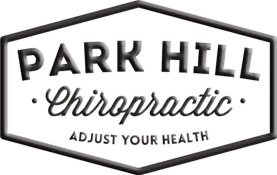~~What’s the deal with E-Stim?
Electrical Stimulation became popular in the 50’s and 60’s when the Russians started using it to try and make their athletes superior to other world athletes. Today there are many types and uses for Electrical Stimulation. In our case we are going to talk about therapeutic effects of 3 different types of Electrical Stimulation; TENS, Interferential and Electronic Muscle Stimulation.
TENS (Transcutaneous Electrical Neural Stimulation) stimulates sensory nerves that override or block the pain signals that are sent to your brain, TENS units also stimulate endorphin production. So the principle effect of a TENS unit is to trick the brain into thinking that the only feeling your getting is the electric tingling in an area, instead of pain. Tens units decrease pain while in use and for up to 2 hours after use.
Interferential Stimulation (IF) is characterized by the crossing of two electrical currents that allows the treatment are to be larger and deeper. The electrical currents are set to frequencies that interfere with the transmission or conduction of pain signals at the spinal cord level. IF units can stimulate vasodilation (relaxation of the veins) and thus increase blood flow to the treatment area. IF allows for a deeper treatment area, increased blood flow and is also more comfortable to the patient than TENS units.
Electronic Muscle Stimulation (EMS) is designed to stimulate motor nerves that cause muscles to contract. The EMS unit will cause the muscle to contract for several seconds then relax for several seconds. This pumping action draws blood into the area and also increases lymphatic drainage. The contraction and relaxation is useful in treating a variety of musculoskeletal injuries.
So to sum things up, TENS units stimulate sensory nerves whereas EMS units stimulate motor nerves. Interferential stimulates both sensory and motor nerves and increases circulation.
TENS units are most often used for chronic pain. Interferential is often used throughout treatment and EMS is most used for decreasing tissue atrophy after broken bones or more severe injuries.
-Seth Elliott DC
Owner of Park Hill Chiropractic in Fort Worth, Texas.
Dr. Elliott graduated from Oklahoma State University with a Bachelor of Science degree in Health Promotion and Exercise Science. He later attended Cleveland Chiropractic College and earned his Doctorate of Chiropractic degree
